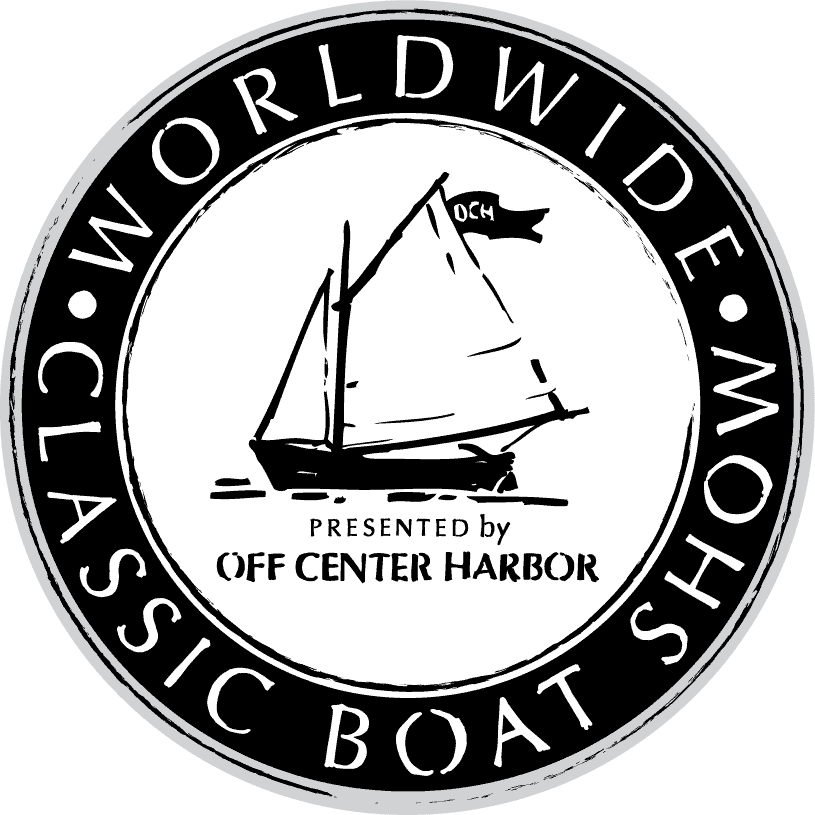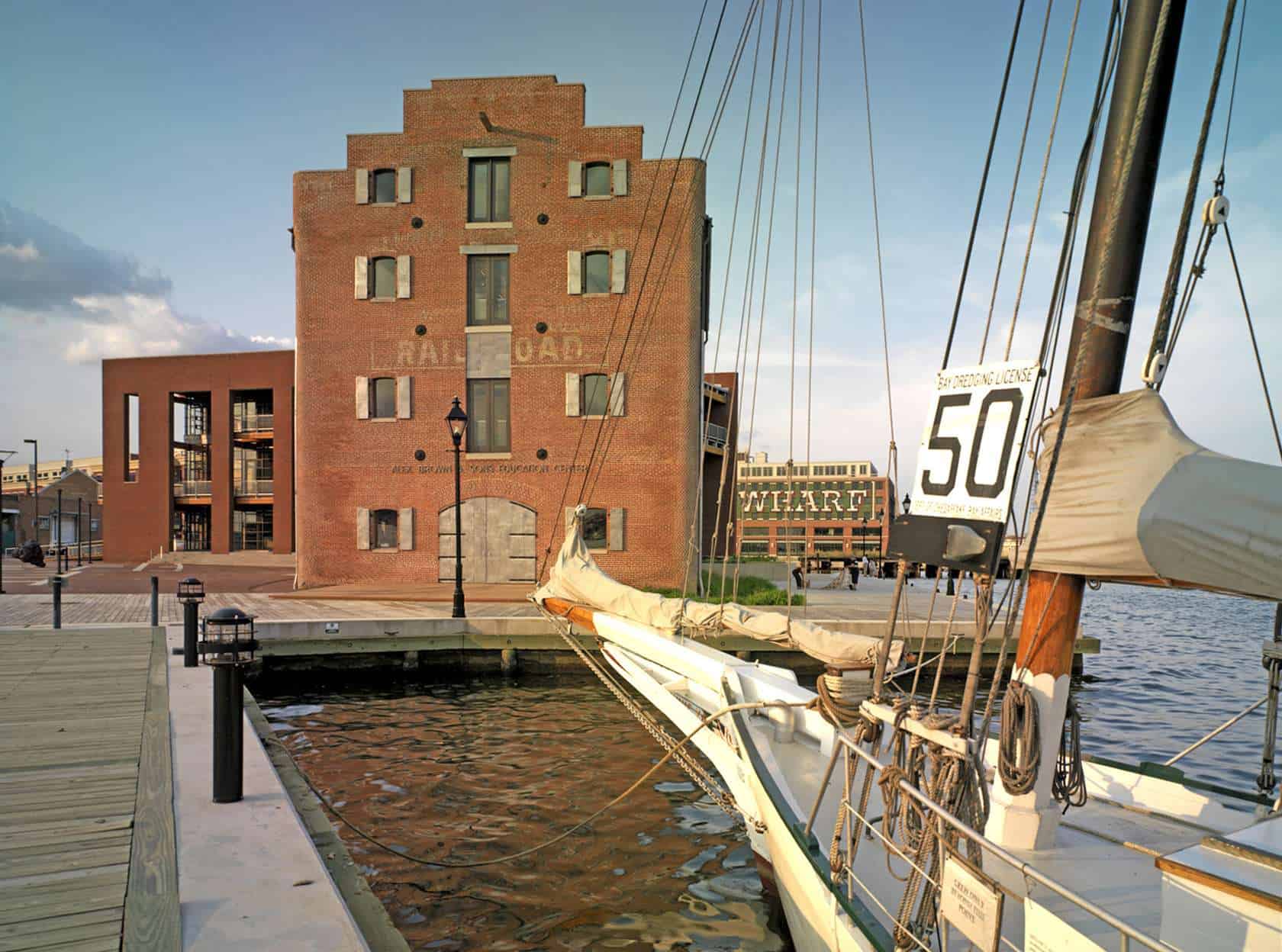Owner’s Description
The Frederick Douglass- Isaac Myers Maritime Park is a Living Classrooms Foundation campus (and headquarters) and national heritage site that celebrates the contributions of African Americans in the development of Baltimore’s maritime industry. The site honors and interprets the city’s African- American maritime history, while preserving one of the city’s oldest existing waterfront industrial buildings.
The campus’s Frederick Douglass- Isaac Myers Maritime Museum is open to the public and chronicles the saga of Frederick Douglass’ life in Baltimore as an enslaved child and young man. We also take a look at the life of Isaac Myers, a free-born African American who became a national leader. As a visitor, you will also learn about the founding of the Chesapeake Marine Railway and Dry Dock Company and the establishment of the African American Community in Baltimore during the 1800’s.
The original dry dock has been repurposed by Living Classrooms Foundation for use today in its Maritime Education programming and can be seen on the campus often being used during routine boat maintenance for the Foundation’s historic education vessels, Punghy Schooner Lady Maryland, Skipjack Sigsbee, and Chesapeake Bay “buy boat” Mildred Belle. Students from all over the Maryland/DC region participate in hands-on Environmental STEM education and Maritime History aboard these vessels where they learn applied environmental science, ecology, engineering, and history while steering, navigating, and raising sails aboard a historic boat.
LADY MARYLAND is an authentic reproduction of a Chesapeake Bay pungy schooner. Beginning in the early part of the 19th century, pungies were considered to be among the fastest of all Bay watercraft, and were frequently employed in the carriage of perishable cargoes – such as fruits, vegetables, and fish – throughout the region. Similar in design to the famous Baltimore Clippers, pungies were noteworthy for their speed, maneuverability, and beauty, as well as for their brightly colored green and pink topsides.
LADY MARYLAND is the only pungy schooner in existence today. Built in 1986 by a team of shipwrights and students, she was the first hands-on learning project undertaken by Living Classrooms Foundation. Sailing with thousands of students each year, LADY MARYLAND travels between the Chesapeake region and New England every season to continue her work as a “living classroom.” Students of diverse backgrounds and abilities “learn by doing” as they explore the unique ecology, history, and economics of the Chesapeake Bay and coastal regions.
LADY MARYLAND Specs:
Length overall: 104’
Rig height: 92’
Length on deck: 72’
Beam: 22’
Gross tonnage: 60 tons
Draft: 7’6”SIGSBEE is a Chesapeake Bay skipjack, an indigenous vessel designed and built to dredge for oysters. Once numbering in the thousands, only a handful of skipjacks survive today. Together, they constitute the last sailing commercial fleet in North America.
Originally built in 1901, SIGSBEE served in the oystering fleet for 88 years, and became notable as the first skipjack with a woman captain. After Living Classrooms Foundation acquired the vessel in 1990, a team of shipwrights and students rebuilt SIGSBEE and returned her to work, as part of the Foundation’s educational fleet. SIGSBEE sails daily as a “living classroom,” offering students unique hands-on opportunities to observe and learn about the history, economics, and ecology of the Chesapeake Bay, and to participate in environmental restoration projects.
SIGSBEE Specs:
Length overall : 75’
Sail area: 1,500 sq. feet
Length on deck: 49’
Draft: 4’ (centerboard up) 9’6” (centerboard down)MILDRED BELLE is an authentic Chesapeake Bay “buy boat”. Buy boats are an important part of the Bay economy. They serve as “middlemen” on the bay, purchasing fish, crabs and oysters directly from fishing vessels working under sail, and then transporting the catch to market. This allows the sailing fleet to continue to work.
Originally built in Odd, Virginia in 1948, MILDRED BELLE worked the Bay for many years hauling fish, crabs and oysters to market, dredging for crabs in the winter, trawl fishing, and even pioneering sport fishing off the Virginia Capes and Cape Hatteras, NC. Having been rebuilt and certified to carry passengers, she continues to work the Chesapeake Bay, sailing as a “living classroom” for the Living Classrooms Foundation. From April until November, she runs single day and multi-day educational programs with students of all ages, backgrounds and abilities. These programs provide students with unique hands-on learning opportunities and focus on the history, economics and ecology of the Chesapeake Bay and the Anacostia and Potomac Rivers.
MILDRED BELLE Specs:
Length: 54’
Draft: 4’5”
Gross Tonnage: 23 tons
Beam: 15’Photos
Video
Map
No Records Found
Sorry, no records were found. Please adjust your search criteria and try again.
Google Map Not Loaded
Sorry, unable to load Google Maps API.
Comments
Owner’s Description
Photos
Video
Map
Comments







